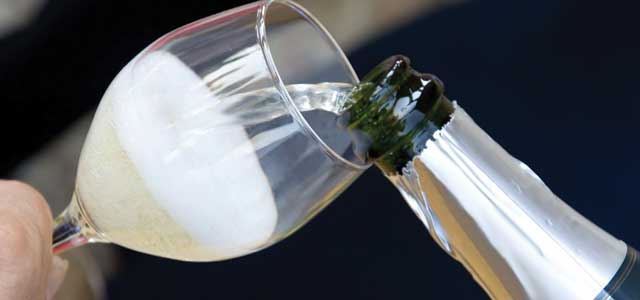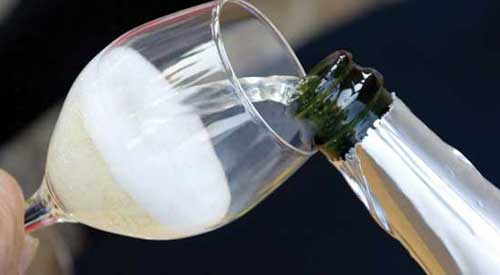Copyright © 2025 · All Rights Reserved · Hollywood Bowl Chefs Picnic Club
By Robert Whitley
If you’ve ever dined at a mom-and-pop Italian restaurant, you may have sipped wine from a jelly jar. It’s not always about the wine. Sometimes it’s the experience—in this case, a rustic, Old World experience.
For sheer elegance, on the other hand, it’s hard to beat sipping Champagne from a delicate crystal flute.
The experience can be everything when it comes to wine, elevating what’s in the glass if the experience is positive, or destroying the wine if the experience strikes an off note. Here are three simple things anyone can do that can take the wine-tasting experience to another level:
1) “Season” the wine glasses. I learned this on an early trip to Italy. Stemware, no matter how carefully stored, can pick up off putting aromas from kitchen or pantry. You cannot detect these smells without poking your nose into each glass, which might annoy those at the dinner table.
To solve this problem without resorting to the time-consuming practice of polishing the crystal before company arrives, simply pour a splash of the wine into one glass and give it a vigorous swirl. Then pour the splash of wine from the first glass into the second and repeat, then the third glass, and so on, until each glass has been rinsed with the wine you will serve.
“Seasoning” the glasses is easy and effective; it also adds dramatic flair to the dinner service.
2) When serving fine Champagne or above-average domestic sparkling wine, avoid Champagne flutes, no matter how elegant you think they are. Better bubblies have subtle aromas and textures that are utterly lost when served in a flute-shaped glass.
The more common practice in the Champagne region is to serve the better bubblies in a white-wine glass, which allows for swirling, which will accentuate and bring up the flavors and aromas that would be missed in a traditional flute.
You might be surprised at how full and rich the bouquet is in a glass of Champagne liberated from the straitjacket of the flute.
3) Take care to serve your wine at the proper temperature. White wines need not be ice-cold, and red wines need not be “room temperature,” particularly if the room is 70 degrees or above.
White wines such as chardonnay or Rhone blends are more expressive when served cool rather than cold. Warm red wine can be flat, tannic, alcoholic, bitter or all of the above. A few minutes in an ice bucket will make a world of difference, particularly with lighter reds.
Of course, if all you can muster from the pantry is a jelly jar and a bit of wine from a box, that’s OK, too. It’s just a different experience.



